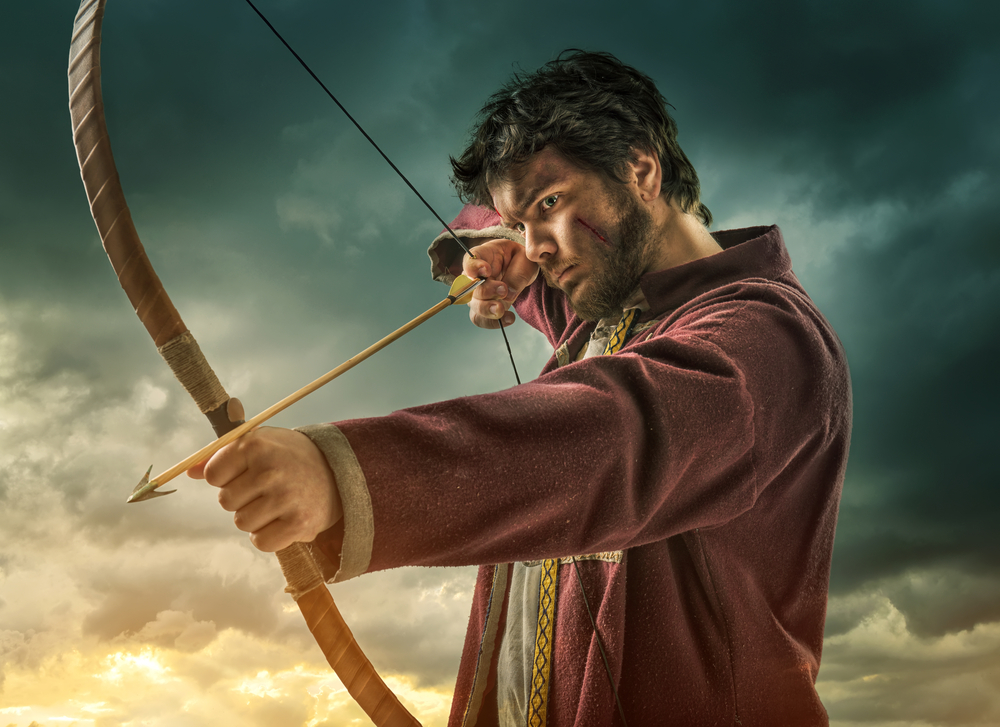As archery enthusiasts we know the fun and joy that is found within the discipline of archery. The comradery with fellow enthusiasts, the focus it takes to learn the art of the bow and the elation you feel when the arrow hits the mark. For centuries the bow and arrow has been used for wars, hunts, tournaments and sports. But now it also has the potential to heal. Clinical studies have shown that several forms of mental health issues such as depression, can be treated in part through activity and mental exercise. Archery offers an outlet in which these individuals can practice both.
In recent years people who suffer from depression are looking to other avenues of treatment and are shying away from the classic treatments of a stable regimen of antidepressants or electro shock therapy. Seeking a more holistic, non-drug based and non-invasive way to help them deal with their depression. One study suggests that exercise and activity can treat mild depression as well as any drug on the market. Psychotherapy or “talk therapy” has been shown to be as effective in dealing with mild to moderate antidepressant on the market.
Using archery to deal with depression begins even before a single arrow has been nocked. Coming to meetings and classes exposes the person suffering from depression to other individuals of the same attitude and aptitude; novice and eager to learn. In most classes, all the students learn to handle the bow together and take their first couple of shots together. This group dynamic, where students share their struggles and breakthroughs in the art is a form of c therapy. While it is true that the patient is not lying on the stereotypical couch or talking to Freudian-like doctor, they are still expressing emotions and feelings in a way that is a cathartic release.
The bowman takes their place on the line, hefts their bow, nocks an arrow, picks their target, contracts their back and shoulder muscles to draw the string, sights the target and releases. Archery is essentially a physical activity, but when a simple shot is broken down, it is actually comprised of a dozen or so fine-tuned actions (double that if you count arrow handling), The action is repeated dozens, hundreds, thousands and tens of thousands of times to produce an archer that shoots accurately and consistently. Within the breadth of these actions, with some spanning several milliseconds, is an internal dialogue with oneself. All of which culminates to the release of the arrow. It is within this dialogue that a person suffering from depression can find a bit of cognitive behavior therapy, whose main focus is to identify and augment dysfunctional thought patterns.
While archery is not a cardio intensive activity, the physical discipline required to start and pursue archery is still high. For depression sufferers this activity may be exactly what is needed. Archery does not push your body to breaking, it does not send your adrenaline levels soaring nor does it tax your brain of oxygen or carbohydrates. Instead a more calm and meditate state is required. Indeed, the Japanese martial art of Kyudo (way of the bow) insists that a practitioner must first be adept at meditating with a bow in hand before they can even draw the string. Learning and drilling to connect a calmed and collected mind with fine motor skills is crucial for those dealing with depression.
